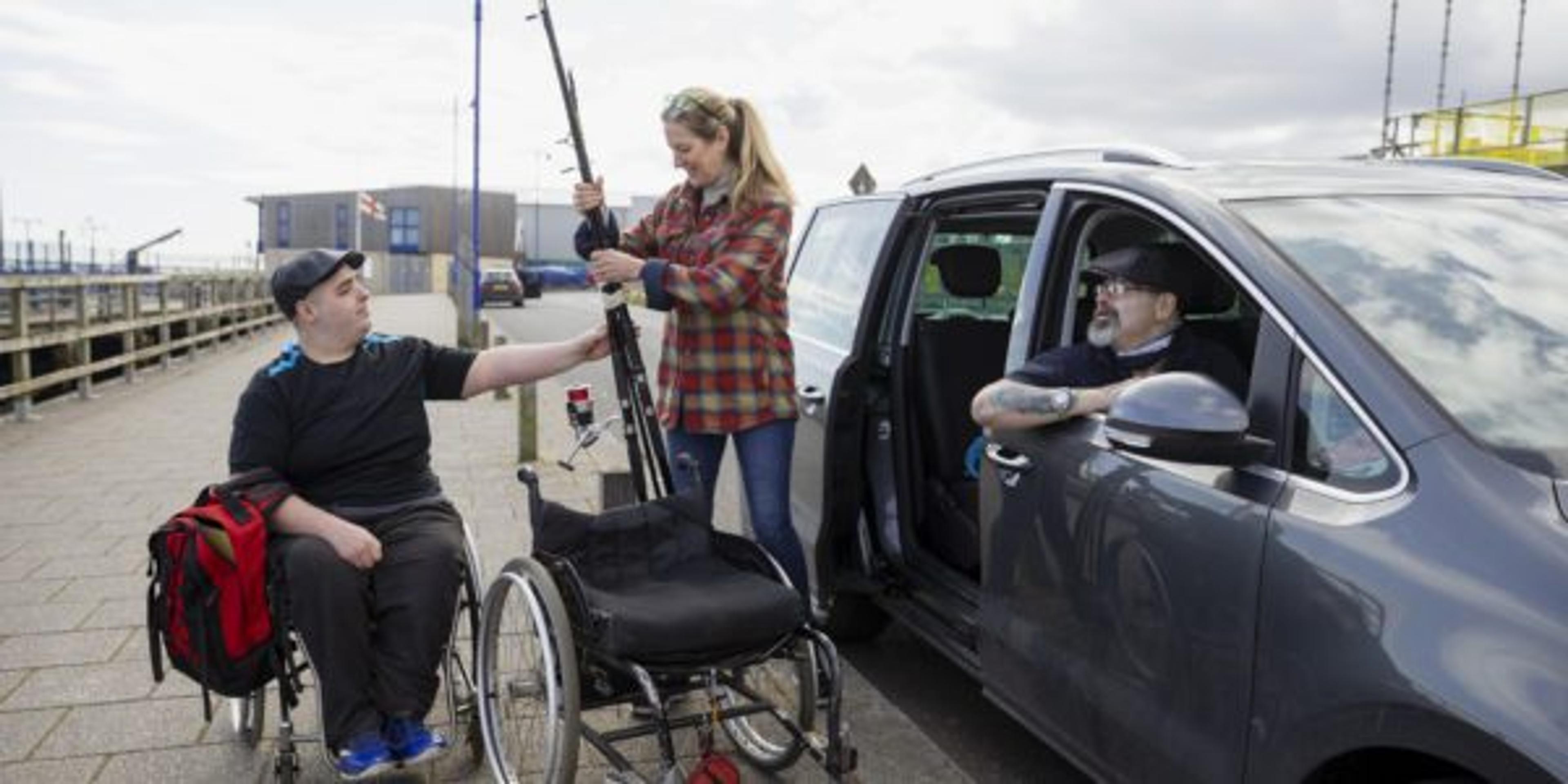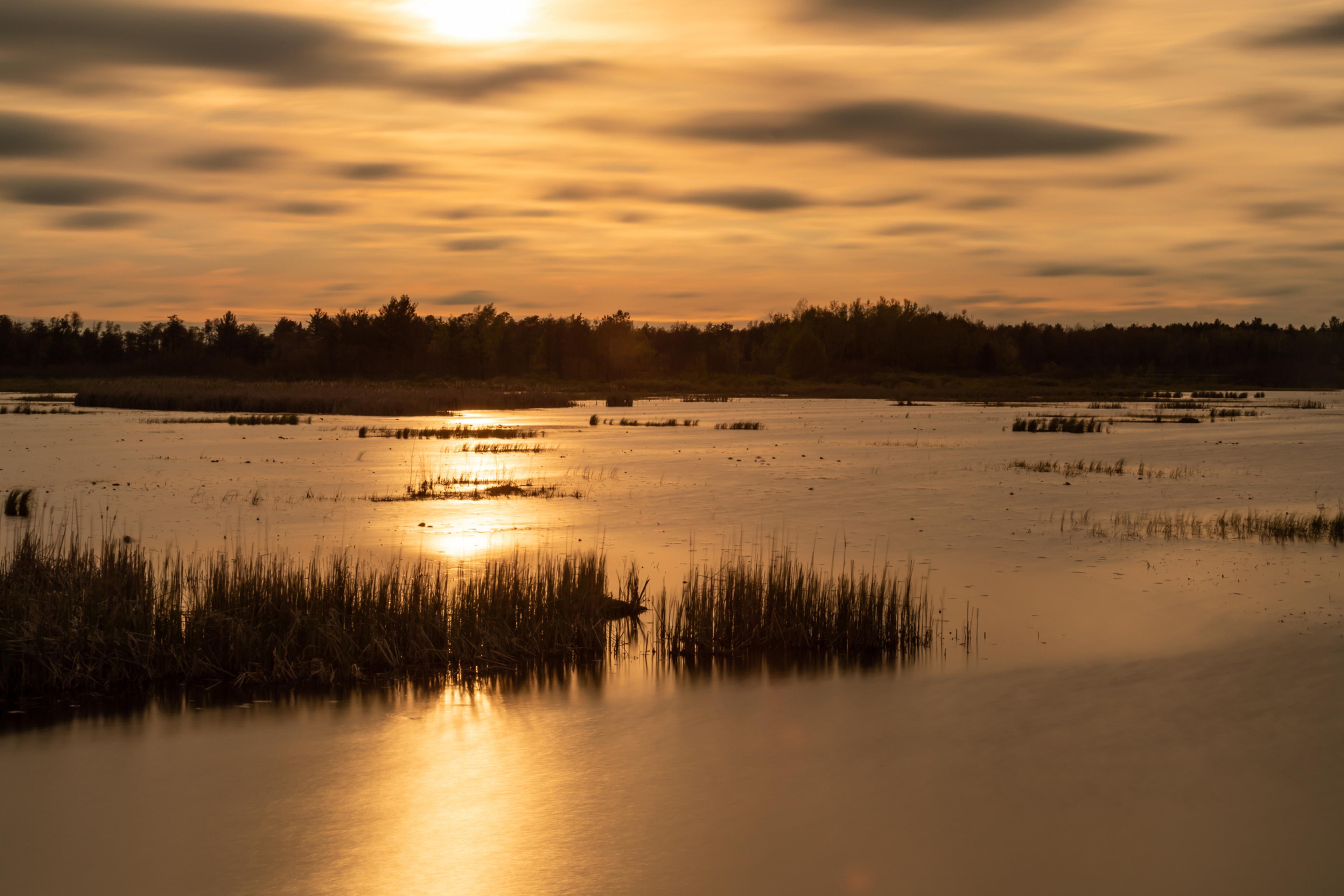Accessibility Around Michigan, Barrier-Free Travel
Shandra Martinez
| 3 min read

If you or a family member or friend has a physical disability, the thought of traveling somewhere new or just making plans to explore an outdoor area for a daytrip can seem challenging. It may prompt a list of questions. Once you reach the area, will your group be able to access the fun spots and truly see the sights? Will there be accessible restrooms? Will the trails accommodate a wheelchair? One thing is certain: there’s never been more emphasis on accessible travel destinations in Michigan than right now.
The pandemic era sent a surge of people outdoors seeking fresh air, new activities and time spent enjoying nature. Nowhere was that more evident than Michigan’s huge number of state parks and recreation areas. The system’s visitor numbers set records in 2021, according to Bridge Michigan. More than 35 million people used state park and rec areas last year, with 1.4 million camping and lodging nights booked.
As more people use outdoor spaces and plan trips to Michigan destinations, big strides are being made to make sure more of these areas are accessible for everyone. This means everything from prepping electric scooters and a horse-drawn carriage that is wheelchair-accessible for guests on Mackinac Island to adding to the state’s fleet of heavy-tread track chairs that can assist people in exploring a sandy stretch of Lake Michigan beach or a rugged forest trail. Sensory-friendly experiences are also being created, and vacation spots are making sure to advertise all their accessible amenities.
The Michigan Department of Natural Resources has been taking a close look at trail accessibility and has been paving more trails as funding allows. On its website, the DNR lists more than 180 parks, campgrounds and trails with accessible areas. You can see that list here. Some areas allow people a barrier-free path to scenic lookout spots, while others put them right in a natural beauty panorama like the new 142-foot pedestrian bridge at Tahquamenon Falls State Park. It now allows access to the island in the park’s Lower Falls, something that earlier was only available by boat.
The state of Michigan and its travel and tourism arm, Pure Michigan, have put together a long list of accessible recreation activities, barrier-free trails and scenic spots, and destinations with accessible travel options. Here are some examples:
- A list of lakes and rivers around the state with universally accessible boat launches. These can also accommodate kayakers who have disabilities.
- Therapeutic horseback riding programs that allow people with disabilities to interact with specially-trained horses and ride them independently, or with the assistance of a lead-walker or a side-walker.
- Michigan offers a list of ADA and wheelchair-accessible beaches. The features differ depending on the location, but some of these beaches and waterfront areas offer extra-wide paved paths, mobility mats leading down to the water, wheelchair accessible ramps or fishing platforms, or even track wheelchairs that make rolling through the sand a breeze. Some also have beach access chairs, which allow users to go right into the water.
- More than 25 state parks and recreation areas in both the Upper and Lower Peninsulas offer barrier-free fishing piers and other access spots for anglers.
Related:
Photo credit: Getty Images





